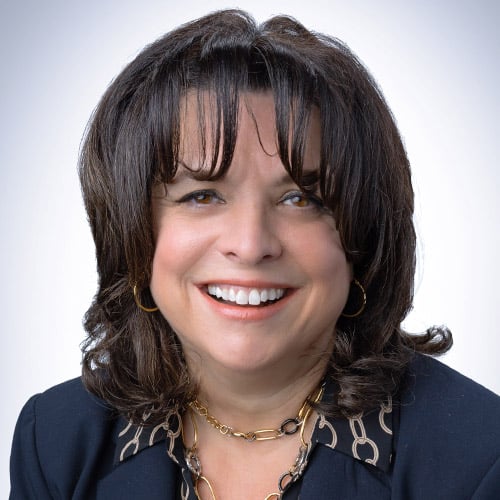Feeling behind in retirement savings and planning?
A conversation with two Johnson Financial Group advisors
This article continues a four-part conversation with Johnson Financial Group advisors Kelly Mould and Melissa Olson.
In the first article, Kelly and Melissa discussed the anti-anxiety benefits of building financial confidence—but how women’s reluctance to open up to advisors can cost them those and other benefits from planning. Here, Kelly and Melissa zero in on retirement.
Kelly: It’s not uncommon for us to talk with people who underestimated how much money they would need in retirement and started preparing too late in the game. People typically underestimate the number of years they will spend in retirement. And women are often at greater risk of not achieving a financially secure future than men, about 50% of women ages 55 to 66 have no personal retirement savings according to a U.S. Census Bureau survey.
There are plenty of things I wish I had in order twenty-five years ago. Some could have made a significant impact on my own financial situation.
Melissa: I’m earlier in my career than Kelly yet I’d say the same thing. I think almost all of us would. So, it’s useful to briefly touch on a few basics through life’s stages. Then, we’ll revisit what to do if you are approaching retirement and find yourself feeling uncomfortably behind.
The first stage of a person’s adult financial life typically covers ages 20-29. You might call these the “sky’s the limit” years. Anything seems possible in a career that appears to stretch way into the future. That may be true, but it’s so helpful to have a conversation about your dreams, hopes and goals. They can and likely will change but articulating what you want your life to look like long-term can help you better prepare.
For example, with a long-term vision in place, you’re more likely to stick with aggressive savings, such as maximizing benefits from your workplace 401(k) or other retirement plan.
Kelly: The next stage is longer—roughly ages 30-60—and can be called the “juggling act” years. Thinking long-term during this period is vital. Although it can be difficult to imagine retirement between childrearing and grueling work schedules, now is the time to build out a rigorous financial plan and get realistic. Don’t think simply about the basics of what you will need; you’re working too hard to just try to survive in your golden years. Instead think about what your ideal lifestyle would look like and what you need to do to make that a reality.
While this stage of your life may be the highest earning years of your life, it often also comes with the highest expenses, from children to activities to meals. Many in this group eventually find themselves to be part of the “sandwich” generation providing care for multiple generations and juggling the needs of grandkids, adult children and parents.
Working with a financial professional at this stage is important for poking holes in your plan, helping you understand what planning tools you have available and helping you shape your overall approach. Complex financial topics such as wrangling debt, selecting an investing strategy, assessing tax and insurance needs, estate planning and establishing powers of attorney, and survivor guidance planning should not be overlooked.
Melissa: Then from age 61 onward come the “go-go,” “slow-go” and “no-go” years.
The years leading up to retirement is a time for fine-tuning. Take time to revisit several of the possible expenses that are easy to overlook when planning for retirement such as a mortgage (if your house isn’t paid off), house repairs, grandkids, travel and hobbies.
Pay special attention to healthcare expenses. Many Americans underestimate or don’t understand the costs of healthcare in retirement and find it particularly difficult to predict the cost of long-term care. Remember, too, that women are statistically also more likely to live longer, creating a host of planning needs.
Kelly: If you are among the many people who feels behind and retirement is on the horizon, now’s the time to buckle down and gain your confidence. You need to know your situation in order to know what you have to do, such as working longer or downsizing.
Whatever you do, don’t let self-recrimination make you freeze up. A financial advisor exists to be an advocate for what you want to accomplish. Sometimes, that means advocating that you consider some tough choices. Still, the result is almost certainly going to be more peace of mind—and more of what matters to you, whatever that is—than if you don’t start taking steps now.
Melissa: The next part of our conversation will focus in more detail on what it means to “take charge” of your financial plan.
ABOUT THE AUTHORS

SVP Wealth Fiduciary Advisor | Johnson Financial Group
As Senior Vice President, Wealth Fiduciary Advisor, Kelly develops long-term relationships and provides comprehensive wealth solutions to her clients. She oversees and manages a knowledgeable team of wealth professionals in the Racine and Kenosha area.

Officer Wealth RPS Participant Education Specialist | Johnson Financial Group
As a Wealth RPS Education Specialist, Melissa serves as the education coordinator for Johnson Financial Group’s Retirement Planning Services (RPS) team.





